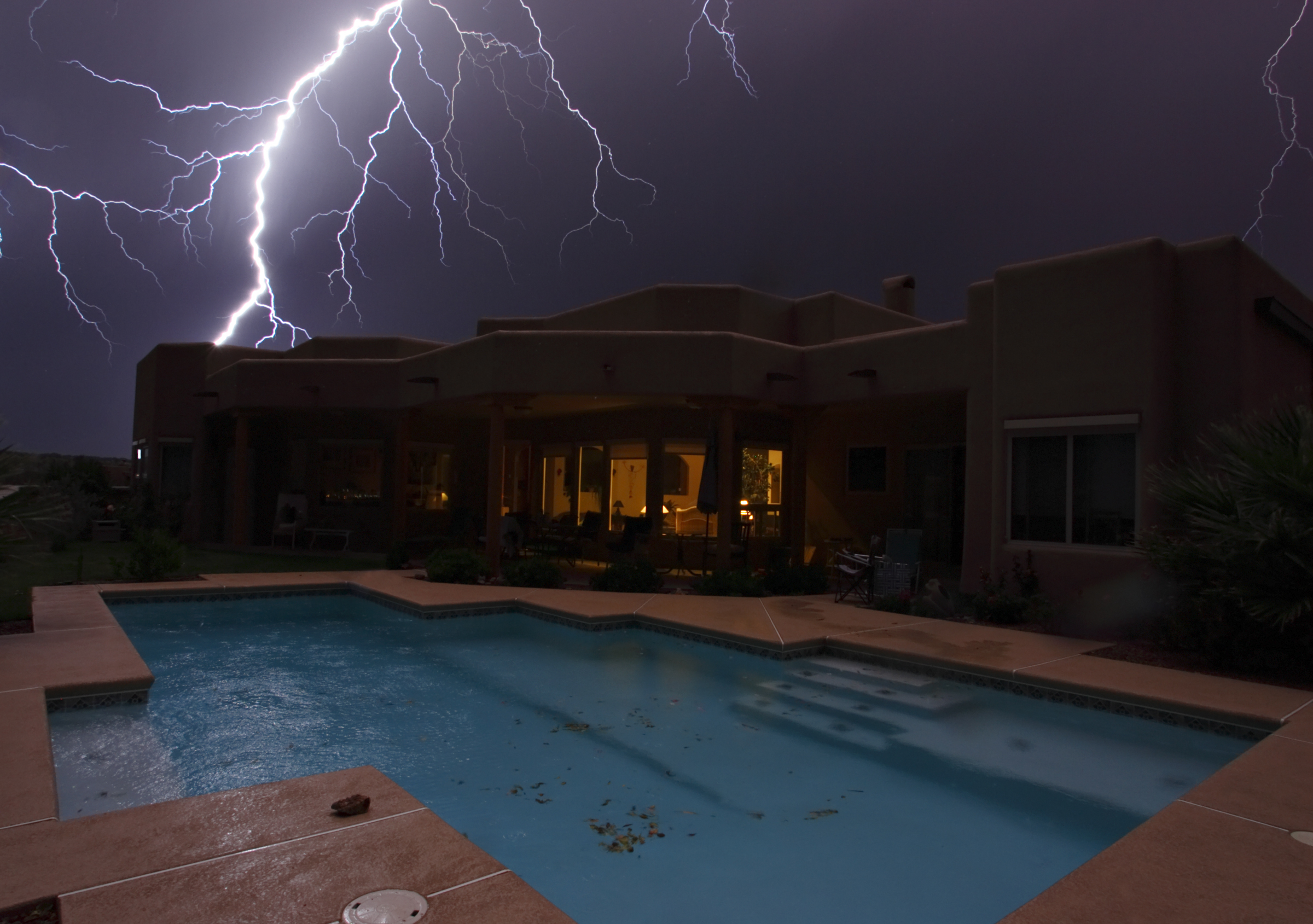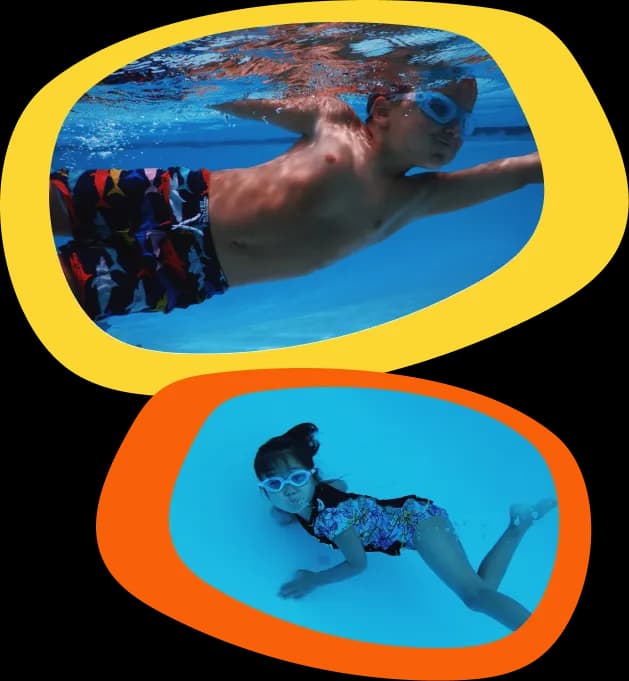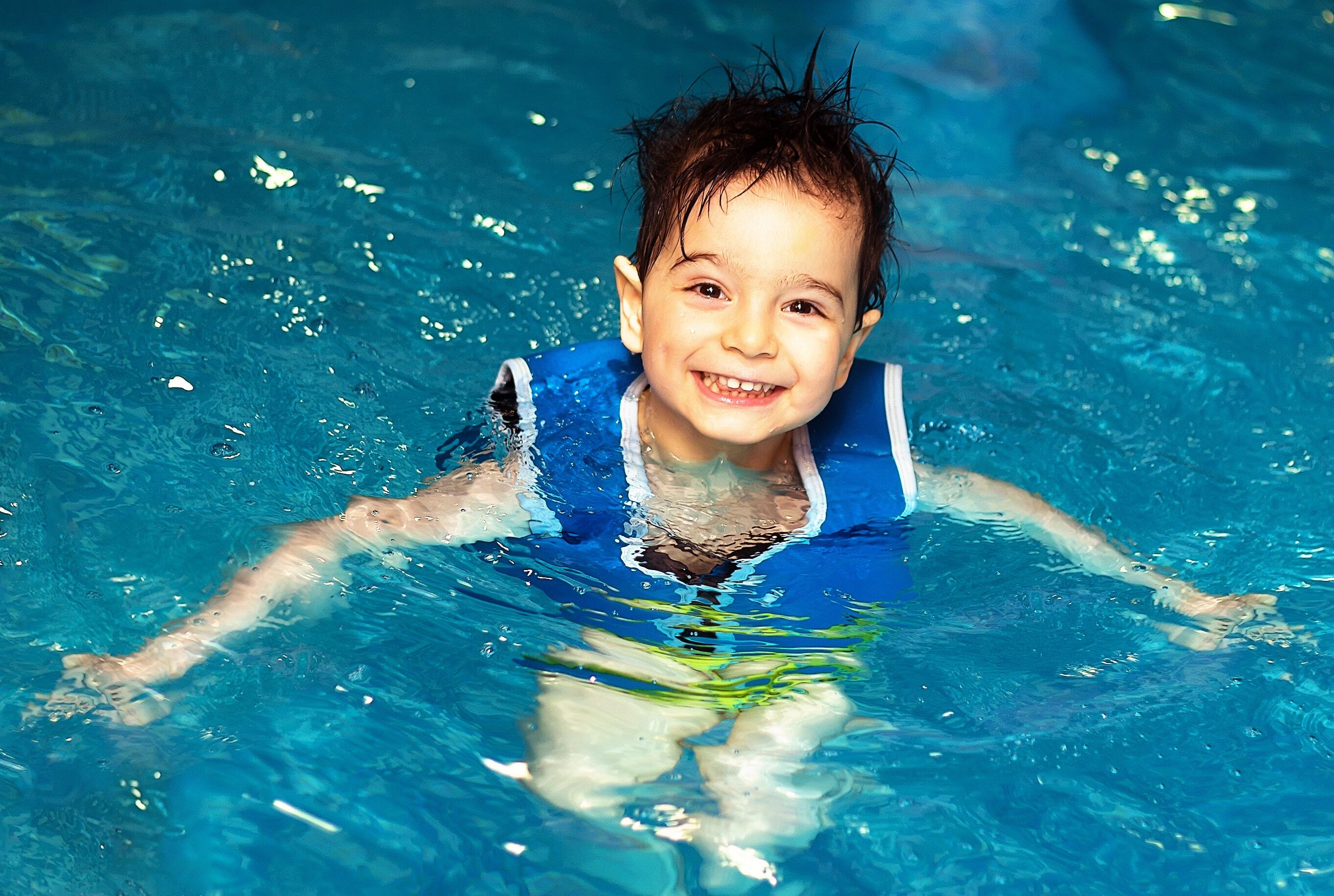Storms & Water Safety - How to Stay Pool Safe

Written by Sunsational — 6 min read


Swimming is an excellent recreational sport that can be enjoyed year round. And while many of us are up-to-date regarding best water safety practices during the warm summer months, many are still unaware of the shifting hazards the water can present during the fall, winter, and even spring seasons, specifically during stormy weather.
Keeping you and your family safe from the potential dangers of water is Sunsational’s #1 goal year round. We’ve compiled a list of commonly asked questions and answers provided by top meteorologists regarding best water safety practices during a storm. The questions may seem naive, but the answers may surprise you. Take a look and be sure you’re informed on the most up-to-date safety measures to protect yourself and family from potential dangers your pool and bodies of water present during a storm.
Storm Safety
Q: Is it safer to swim in salt water than fresh water if lightning is in the area?
A: It is definitely NOT safe to swim when lightning is in the area in any type of water. Even if current lightning is a few miles away, lightning can pop up in new parts of the storm very quickly. Salt water conducts electricity, which means that it can easily travel through the water toward you. The lightning current may spread out in all directions and dissipate within 20 feet or so, but don’t bet your life on how close the strike will be. As the highest object on the water, you may be the most likely target.
Q: Having lived in Los Angeles for most of my life, I am not really certain if swimming during a storm is safe. If it's not, why?
A: Swimming during a thunderstorm is one of the most dangerous things you can do. Lightning regularly strikes water, and since water conducts electricity, a nearby lightning strike could kill or injure you.
Any time you hear thunder, or see lightning, you should get out of the water and into a safe place. A picnic-type shelter is not a safe place in a thunderstorm. Instead, you should be in a building with walls, or a metal vehicle.
To be really safe, you should not swim in an indoor pool when lightning is around. You can learn more about this, see the answer to the question right below this one.. The other questions and answers on this page plus the information on our Resources: Lightning science and safety page should answer any questions you have about lightning.
Q: My family and I visited a water park today. We were there less than an hour when we began to hear thunder, and a few moments later we saw lightning. We got out of the water immediately, and proceeded to the exit of the park as it started to rain. The gate manager assured us that we didn't need to leave, because the lightning was 40 miles away, we asked to speak to the manager and he reiterated the same thing the gate manager had told us. I have 3 very specific questions for you.
- Can any person (not only a meteorologist) reasonably judge distance of lightning?
- Is 40 miles a safe distance for swimming where lightning has been seen?
- Was I correct in leaving with my children after seeing lightning?
I want to get a rain check for leaving as water parks are very expensive ($70) and I can't take my children often.
A: Thunder can be heard about 10 miles away in a typical situation. In a noisy place, if the wind is blowing or it is raining, thunder can only be heard for few miles. In very quiet places, thunder can be heard up to around 15 miles. At night, lightning can be seen up to 60 or 80 miles away if there are no other clouds between you and the lightning, and the sky is reasonably dark. During the day, lightning can't be seen more than 10 or 20 miles away. If thunder was heard, then, lightning must have been much closer than 40 miles away.
I can think of three ways that lightning was said to be 40 miles away.
- The park has lightning data from an external source, such as the National Lightning Detection Network or a fairly sophisticated instrument on site. Both are rather expensive.
- The park subscribes to a private weather forecasting service that has lightning data.
- The park staff is assuming that 40 seconds 'flash-to-bang' means the lightning is 40 miles away. This is dangerously wrong. And unfortunately, this is probably what happened.
A person can tell the distance to lightning by the flash-to-bang method. When you see a lightning flash, count the number of seconds until its thunder can be heard. Sounds travels one mile every 5 seconds. We recommend 30 seconds (6 miles) as a reasonably safe distance when an activity should be stopped and a safe location should have been reached.
The typical lightning threat lasts less than an hour. So, instead of leaving the park for the day, it would seem reasonable to wait in the car or another lightning-safe place until the thunderstorm has passed, then return to the park.
We recommend a 30-minute wait after the last flash or thunder. The two together provide the basis for the '30-30 rule'. The first 30 is for the 30-second flash-to-bang time when a safe place should have been reached. The other 30 is for the 30 minutes' wait after the last lightning or thunder.
(Answered by: Ron Holle, research meteorologist, NOAA National Severe Storms Laboratory, Norman, Okla., Aug)
Q: Why do pools, especially indoor pools, close during thunderstorms? Wouldn't the electricity get dispersed through the water and reduce the charge? Can lightning strike an indoor pool?
A: Large numbers of lightning flashes strike oceans, lakes, rivers, and ponds. If there is nothing protruding higher than a body of water or flat ground, then a flat surface is hit.
The area of a swimming pool is small, so it's not usually directly hit. However, the area affecting a pool is quite large. This area includes the surrounding power and telephone lines, and the plumbing around the pool and inside the bathhouse and other structures. These are
usually unsafe places during a thunderstorm because the current from a lightning strike will travel easily through the standing water, showers and other plumbing. Since the pump, lights and other facilities have power lines linked to the plumbing, a hit to any part of a pool complex can affect all of it.
Water does not "attract" lightning. It does, however, conduct current very well. It's not clear how far lightning travels through water. People have been killed or injured by direct or indirect strikes while in or on the water, boats, docks, piers, surf, surfboards, canoes, while fishing, and so on. In most cases, it appears that the strike was within a few tens of yards of the person. But the current can extend farther through plumbing or wiring so the distance of influence can be greater.
(Answered by: Ron Holle, research meteorologist, NOAA National Severe Storms Laboratory, Norman, Okla.,)
Reference: (Lightning and Safety Survival, USA Today)
Share on socials




